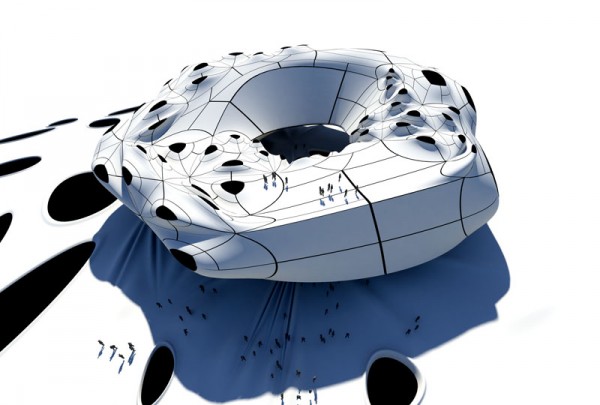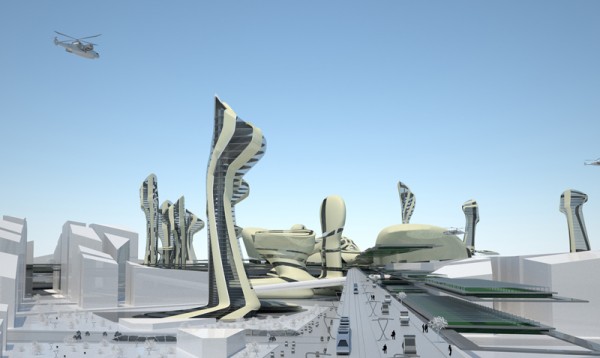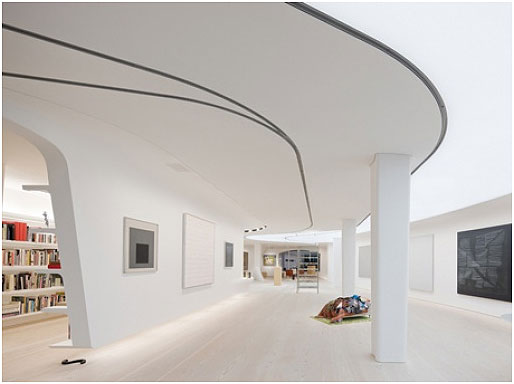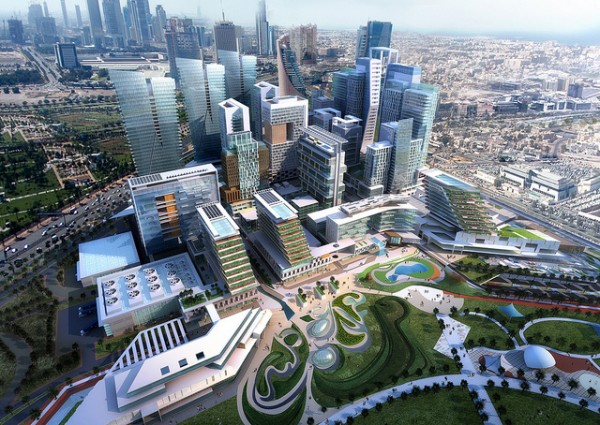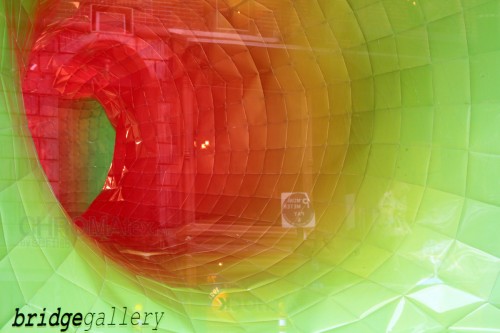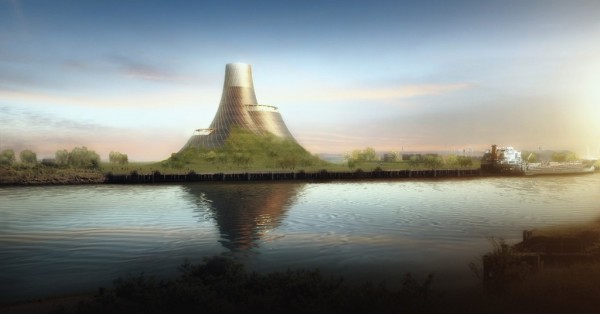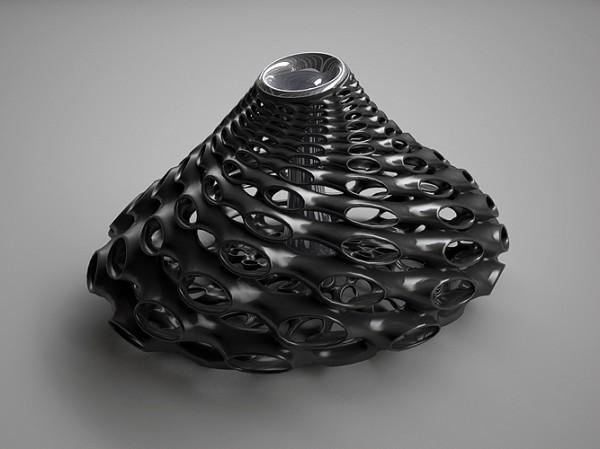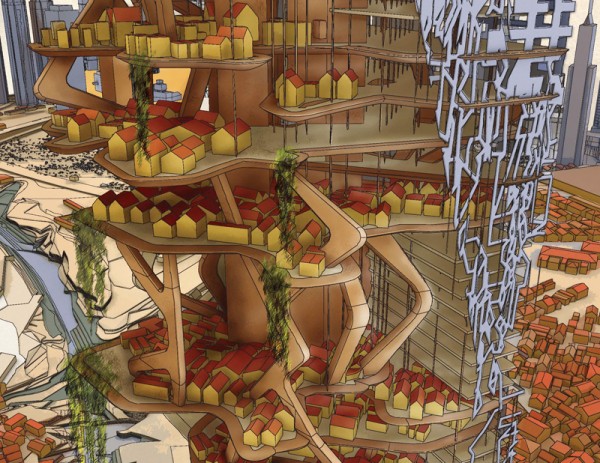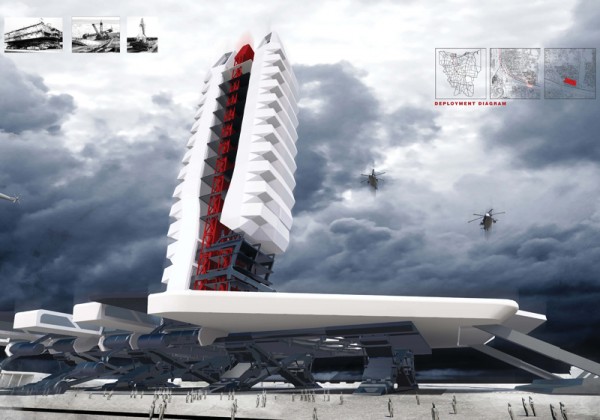Paul Preissner Architects conceived the new Museum of Polish History as a sculptural volume designed along conceptual terms of fluidity, velocity, and lightness in order to produce a seductive and progressive artifact within the historic context of Warsaw. The building appears like a mystical object floating above the extensive artificial landscape, spanning the Trasa Lazienkowska at the edge of the embankment. This museum defies gravity by exposing dramatic undercuts towards surrounding entrance plazas, it does not sit as a barrier to the site, but as another viewing point to the historic and modern city.
Paul Preissner Architects designed the park site specifically to maximize the excitement, energy and functionality of all forms of urban transit, including automobile, bus, truck, bicycle, and pedestrian pathways. New commercial, retail, residential, and cultural facilities can be accessed and serviced through park decks that connect the entire site with a network of pedestrian paths. Read the rest of this entry »

